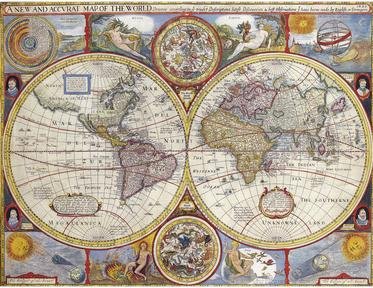Quiz Answer Key and Fun Facts
1. The consonants DVR are accompanied by a reference to Portus Dubris. That sounds Roman. I ponder where this might be as I eat my fish supper. Sole ... delicious! Now, where are we going?
2. Next are the letters LMNS with a reference to Vindinium. Hmm, it is hard to concentrate with the noise of the motor racing going on the television. What is the next stop on the tour?
3. The Theatre of Fourvière, the Sanctuary of the Three Gauls and the name Lugdunum accompany these letters LN which I mull over with a glass of Beaujolais and a charcuterie appetiser. Where are we headed now?
4. I wonder what place links Vincent van Gogh, the Roman-era Barbegal aqueduct and mill, and the consonants RLS?
5. Next up are the letters TRN with an accompanying note mentioning the Mole Antonelliana and the Palatine Gate. The car radio tells me how the football team Juventus is getting on in its game as I watch a po-faced crowd pass in front of me led by a man in a shroud. What place is this?
6. I put down my well-thumbed copy of Shakespeare's 'Gentlemen' and pick up the 'Itinerary' again. Next to the initials VRN are notes mentioning Grottoes of Catullus (Lake Garda) and the Arena amphitheatre. Where to now?
7. Tucking into my banana ice cream dessert, I ponder the destination given by the initials SPLT. The accompanying note mentions Aspalathos, the Palace of Diocletian and the Sack of Salona nearby.
8. Next on the list are the initials SF, annotated with a reference to the Church of St George and 'amphitheatre at Serdica?' Mulling over this latest entry in the 'Itinerary', I pick up some light-reading, a book on sophiology (a concept regarding wisdom), to see if that sparks any ideas. Where are we off to now?
9. I decided not to watch the documentary on the Hindu caste system and instead turned my attention to the 'Itinerary'. The initials VRN go with a note about Roman Thermae, the Necropolis and buying some local currency (lev). Hmm, where is the lev required for?
10. Last on the list are the consonants STNBL accompanied by a reference to Byzantium, Hagia Sophia and Topkapi Palace. While pondering this, I try to decide whether to read Dan Brown's 'Inferno' or 'From Russia, with Love' by Ian Fleming.
Source: Author
suomy
This quiz was reviewed by FunTrivia editor
spanishliz before going online.
Any errors found in FunTrivia content are routinely corrected through our feedback system.
